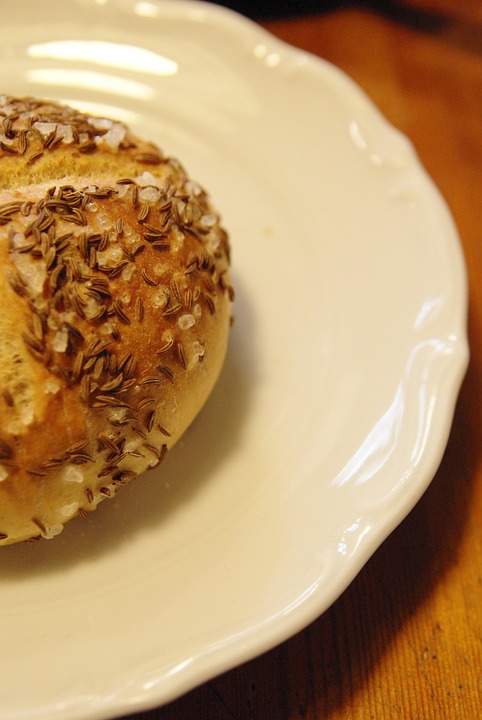
Bread baking is a culinary skill that has been passed down through generations, and there’s nothing quite like the aroma of freshly baked bread filling your kitchen. While it may seem like a daunting task to tackle homemade bread, with a little practice and patience, you can master the art of baking delicious, artisanal loaves in the comfort of your own home.
One of the keys to successful bread baking is using high-quality ingredients. Start with the basics – flour, water, yeast, salt, and sugar – and experiment with different types of flour to achieve the perfect texture and flavor. Bread flour is typically used for making yeast breads, as it has a higher protein content that helps develop gluten, resulting in a chewy, elastic dough. Whole wheat flour adds a hearty, nutty flavor and a denser texture, while all-purpose flour is a versatile option for most bread recipes.
Yeast is another essential ingredient in bread baking, as it is responsible for the fermentation process that gives bread its airy, fluffy texture. Active dry yeast and instant yeast are the most common types used in homemade bread recipes. Active dry yeast needs to be dissolved in warm water before being added to the dough, while instant yeast can be mixed directly into the dry ingredients. Experiment with different types of yeast to see which one works best for your particular recipe.
When it comes to kneading dough, technique is key. Kneading helps develop the gluten in the dough, resulting in a light and airy loaf of bread. To knead bread dough, fold the dough in half, then use the palms of your hands to push the dough away from you. Rotate the dough, fold it in half again, and continue to knead until the dough is smooth and elastic. It may take some practice to get the hang of kneading, but don’t be discouraged – the more you knead, the better you’ll become at it.
Another important step in bread baking is proofing the dough. Proofing is the process of allowing the dough to rise before baking, which helps develop the flavor and texture of the bread. To proof dough, place it in a warm, draft-free area, covered with a damp towel or plastic wrap. Let the dough rise until it has doubled in size, then gently punch it down and shape it into a loaf before allowing it to rise again. This double rise technique helps create a light and fluffy bread with a chewy texture.
Finally, baking bread requires patience and attention to detail. Preheat your oven before baking, and use a baking stone or steel to achieve a crispy crust on your bread. For added flavor and texture, try brushing the loaf with egg wash or milk before baking, or sprinkle it with seeds or herbs for a decorative touch. Keep an eye on the bread as it bakes, rotating it halfway through to ensure even browning.
With these tips and tricks in mind, you’ll be well on your way to mastering the art of homemade bread baking. Whether you prefer a classic French baguette, a hearty whole grain loaf, or a sweet cinnamon swirl bread, the possibilities are endless when it comes to baking your own bread. So roll up your sleeves, dust off your apron, and get ready to impress your friends and family with your homemade bread baking skills.